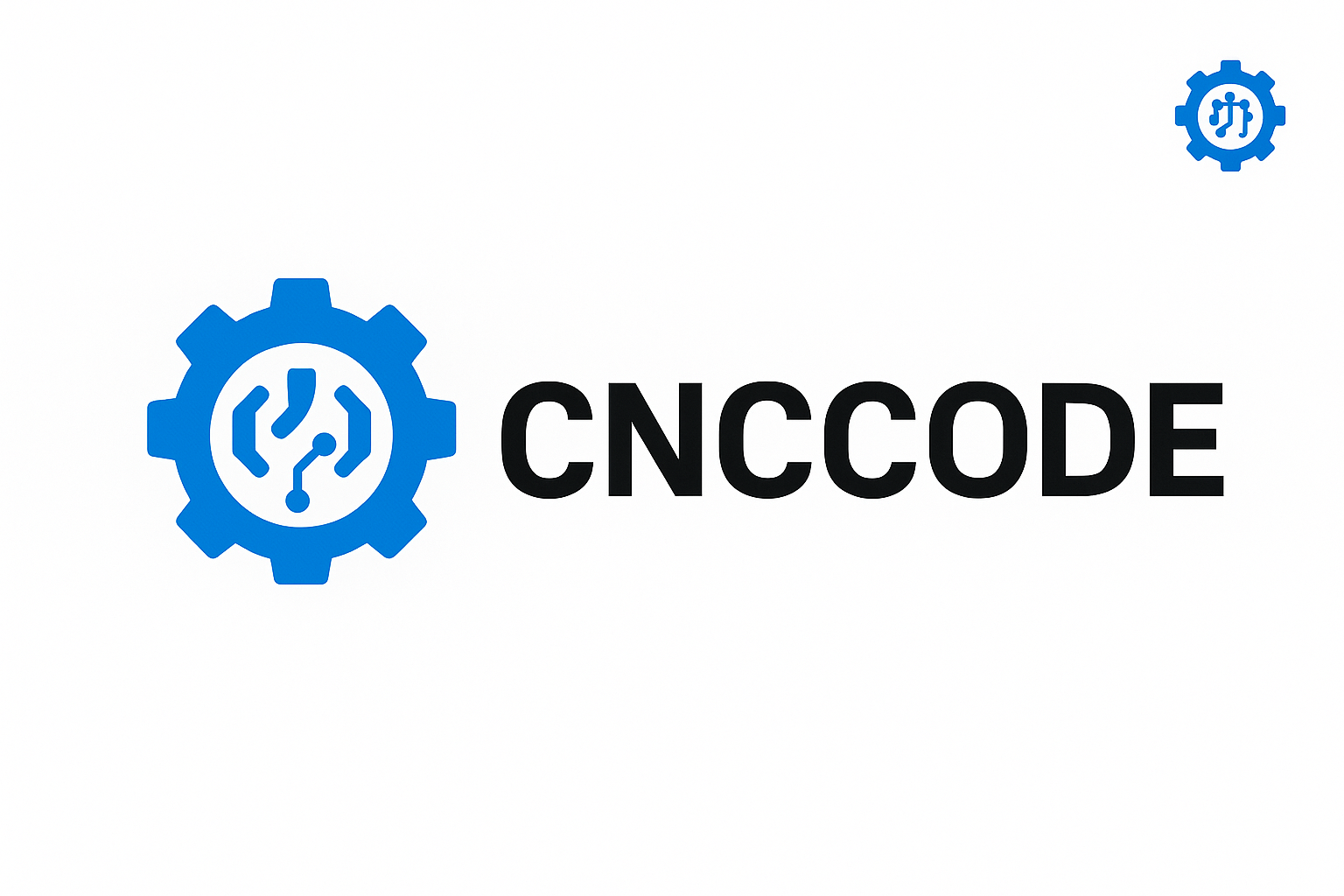Learn CNC programming from beginner to pro with this complete guide. Includes G-Code and M-Code structure, toolpath logic, syntax examples, and future-ready CNC programming tips.
Mastering CNC Programming: Complete Guide for Precision Machining
CNC programming is the digital language that powers modern manufacturing. From aerospace to automotive, CNC programming ensures precise control over cutting tools and machine movements. This in-depth guide will help you understand the foundations of CNC programming, including syntax, command structure, toolpath creation, and advanced logic for productivity optimization.
🔍 What is CNC Programming?
CNC programming involves writing a sequence of instructions—commonly in G-Code and M-Code—to control machine tools such as mills, lathes, and routers. The goal is to automate machining operations and produce consistent, high-precision parts with minimal human intervention.
📘 Table of Contents
- 1. Basics of CNC Programming
- 2. Common G-Code and M-Code Overview
- 3. CNC Program Structure
- 4. Coordinate Systems and Positioning
- 5. Toolpaths and Motion Control
- 6. Conditional Logic and Parameters
- 7. Programming for Mills vs. Lathes
- 8. Simulation, Testing & Debugging
- 9. Future of CNC Programming
1. Basics of CNC Programming
CNC code lines are usually written in plain text and include commands like G01 (linear motion), M03 (spindle on), and coordinates like X100 Y50. These lines are executed sequentially by the machine controller.
2. Common G-Code and M-Code Overview
Here’s a quick overview of essential codes:
- G00: Rapid movement
- G01: Controlled feed movement
- G02/G03: Circular motion
- M03/M04: Spindle direction
- M06: Tool change
3. CNC Program Structure
A typical program might look like:
N10 G21 G90 G17 N20 G00 X0 Y0 Z5 N30 G01 Z-1 F100 N40 G01 X50 Y50 N50 M05 N60 M30
- N10: Line number
- G21: Units in mm
- G90: Absolute positioning
4. Coordinate Systems and Positioning
Understanding machine coordinates (G53), work offsets (G54–G59), and zero-point calibration is critical. Tools like probing systems can automate these processes, increasing setup efficiency.
5. Toolpaths and Motion Control
Toolpaths define the exact movement of the tool relative to the part. CAM software often generates toolpaths based on part geometry, but manual tweaking via code can optimize cycle times and reduce wear.
6. Conditional Logic and Parameters
Advanced programming uses variables and conditions:
#100 = 10 IF [#100 LT 20] THEN G01 X#100 F200 ENDIF
This allows dynamic decision-making and parametric part programming.
7. Programming for Mills vs. Lathes
While many codes are universal, lathes use Z for the primary axis and include threading cycles like G76. Milling machines may use more complex 3D paths and tool compensations (G41, G42).
8. Simulation, Testing & Debugging
Always verify code with CNC simulators like NC Viewer or CAMotics. Common debugging tips include:
- Use single-block mode to step through the program
- Check feed/speed units (mm/min vs. inches/min)
- Avoid dangerous G-codes like G28 without confirming Z position
9. Future of CNC Programming
The future is driven by:
- Post-Processors: Automatically convert CAM paths into G-code
- AI-Assisted Programming: Machine learning optimizations
- IoT & Industry 4.0 Integration: Real-time data monitoring and adaptive machining
🧠 Pro Tips for CNC Programmers
- Document every program block with comments
- Use subprograms (M98/M99) to reduce code size
- Backup proven programs to avoid rework
- Keep a library of reusable routines (drilling, facing, tapping)
📌 Downloadable Resources
- 📄 Free CNC Program Template (.txt/.nc)
- 📘 G-Code Cheat Sheet
- 📊 Feedrate and Spindle RPM Calculator
🔚 Conclusion
CNC programming is a skill that blends logic, precision, and creativity. Mastering it opens the door to efficient, flexible manufacturing. Bookmark this guide as your CNC programming handbook and explore other tutorials on cnccode.com.

Leave a comment